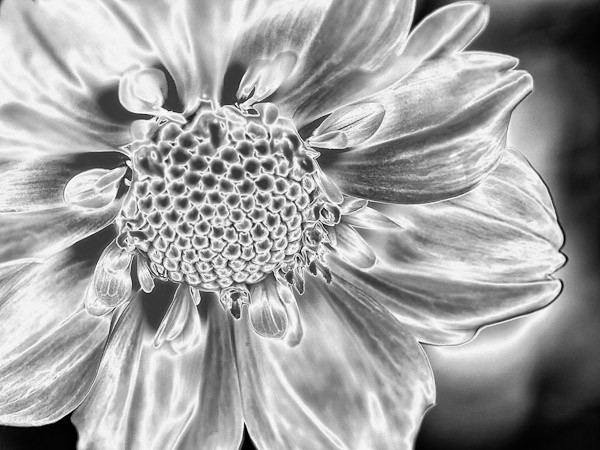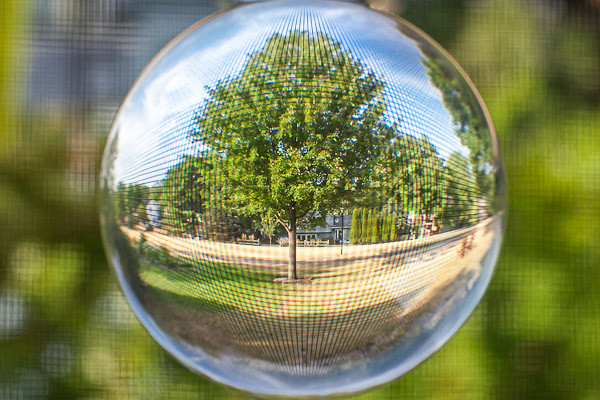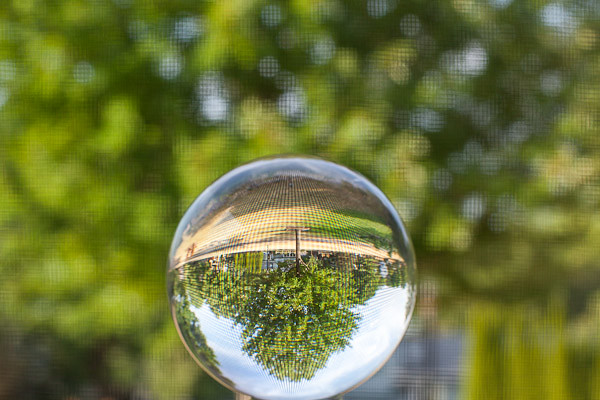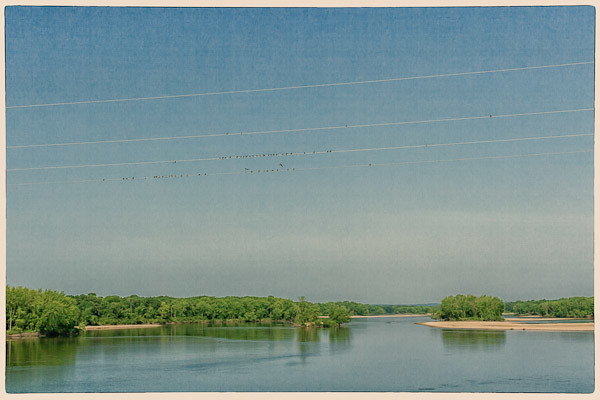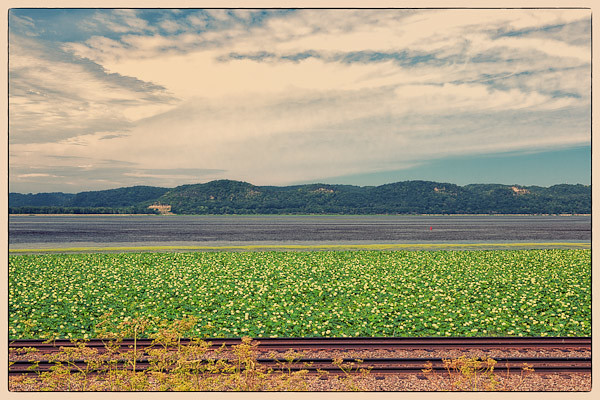I look upon the pleasure which we take in a garden as one of the most innocent delights in human life… It gives us a great insight into the contrivance and wisdom of Nature, and suggest innumerable subjects for meditation. ~ Cicero
This is an Esther dahlia after a photo session with s solarizer. Two summers ago I feel in love with Esther dahlia, as I familiarly call her now, seeing as she is one of my favorite flower friends. I captured her beauty in full bloom the first time I saw her, and then returned to the Olbrich Botanical Gardens many time later in the season to see what Esther was up to. I have photos when she is in a tight bud, just blooming, fully in bloom, beginning to lose her vigor, and finally the dahlia as only a few scattered petals on the brick walkway.
Solarization is a process in photography which the image on a print is reversed in tone. Dark is light or light is dark. I used a partial solarizing technique. The whites were once yellows and oranges, the dark areas were once sunny highlights shining through the open areas between the petals and the garden’s green background.
——————–
Bo Mackison is a photographer and the owner of Seeded Earth Studio LLC. Today as she spends time indoors processing photos, Bo will look out the window and appreciate the cloudy skies and the rain soaked land.
